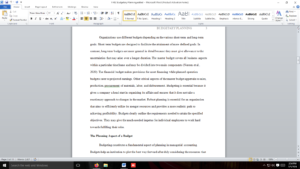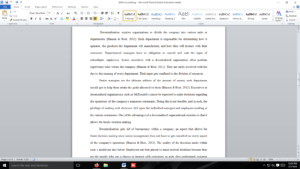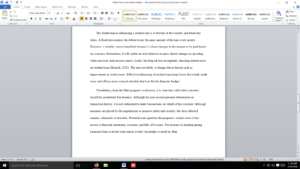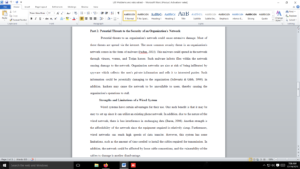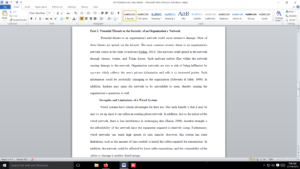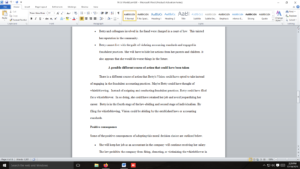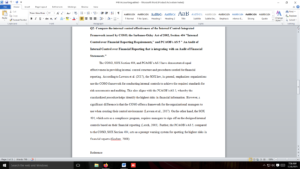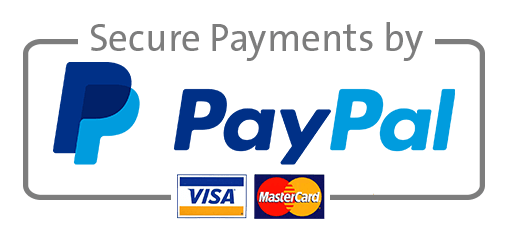Managerial Accounting Tools
Write a 2-page paper on Managerial Accounting Tools ( not including cover and references).
(using APA 7th ed formatting) and include a cover page and a reference page.
You should have a minimum of three references (and remember to use citations in the text to match the references
Articles from 2009 – present only. Use you online library. No Wikipedia, BLOGS with Ads from Yahoo, UKEssay.com; Buzzle.com, or sites that challenge as they present a biased opinion. Google Scholar is accepted.
Need articles as references but also these two books.
References Book: Noreen, E.W., Brewer, P.C. & Garrison, R.H. (2020). Managerial Accounting for Managers. 5th edition.
Also can look information from another book: Walther, L. (2020). A high-quality, comprehensive, free, online textbook. PrinciplesofAccounting.com. Retrieved from PrinciplesofAccounting.com
With references: Articles from 2009 – present only. Use the University online library, searches like ProQuest .
NoWikipedia, BLOGS with Ads from Yahoo, UKEssay.com; Buzzle.com, or sites that challenge as theypresent a biasedopinion. GoogleScholar is also accepted.
Could use information from The Big 4 CPA firms’ websites provide current (published in 2017 or 2016) publications relevant to this course. Here are the Big 4 CPA firms’ websites: KPMG.com EY.com Deloitte.com PWC.com
Format everything, including referencesAPA Version 7th.( Publication Manual of the American Psychological Association (APA), 7th ed. (2019, October 1). Washington, DC: American Psychological Association )..
Answer preview
Cost behavior analysis is another tool that is valuable in managerial accounting. It is primarily concerned with changes in the cost in relation to changes in the organizational level activities. It evaluates costs like direct costs, direct materials, and overhead costs. Some of the models that the managerial accountants use to compute cost behavior include regression analysis and high, low-cost analysis cost analysis behavior. According to Weygandt, Kimmel, Kieso, & Aly (2018), capital budgeting is concerned with the analysis of information required needed in making necessary decisions pertaining to capital expenditures. In capital budgeting analysis, managers compute the internal rate of return (IRR) and net present value (NPV) to deliberate them on capital budgeting decisions. The organization can use a break-even analysis tool. Nitzl & Chin (2017) highlight that break-even analysis helps an organization determine a point where a projected revenue will match the total fixed cost.
[705 Words]
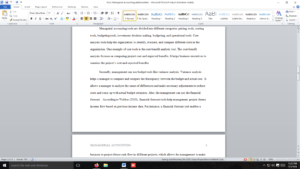
Managerial Accounting Tools

